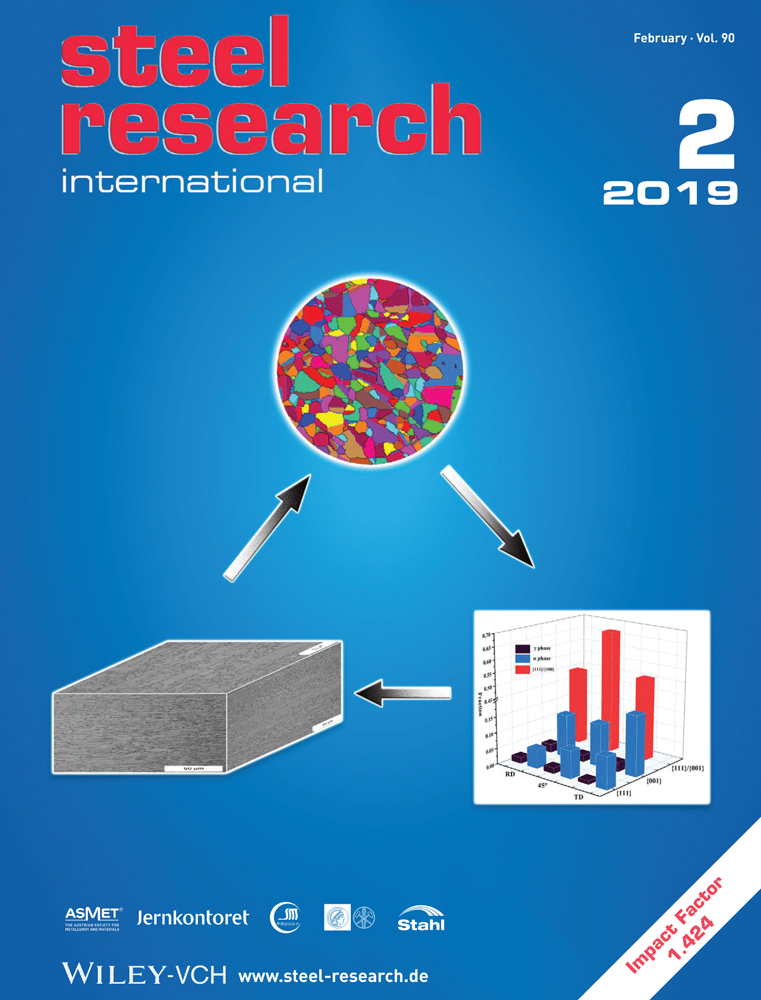Effect of Single Power Two Circuits Electroslag Remelting Process on the Ingot Solidification Quality
Abstract
The laboratory experiments have been carried out to investigate the effects of different power supply circuits on the solidification quality of GCr15 manufactured by the single-power, two-circuit electroslag remelting process. According to the previous research, the different power supply circuits are named as conventional electroslag remelting withdrawal process (ESRW), single power two circuits electroslag remelting process (ESR-STCCM) with up power process (ESR-STCCM-U) and down power process (ESR-STCCM-D), respectively. The profile and depth of the molten pool, macroscopic and microscopic solidification structure, macrosegregation and microsegregation (macro-/microsegregation) are analyzed. Compared with the ESRW process, ESR-STCCM process can obtain a flatter and shallower molten pool. Besides, experimental and numerical results adequately prove ESR-STCCM process can reduce the width of the mushy zone and the local solidification time (LST), therefore, the macro-/microsegregation of segregation elements for ESR-STCCM process are dramatically improved compared with ESRW process, especially for ESR-STCCM-D process.
Conflict of Interest
The authors declare no conflict of interest.




